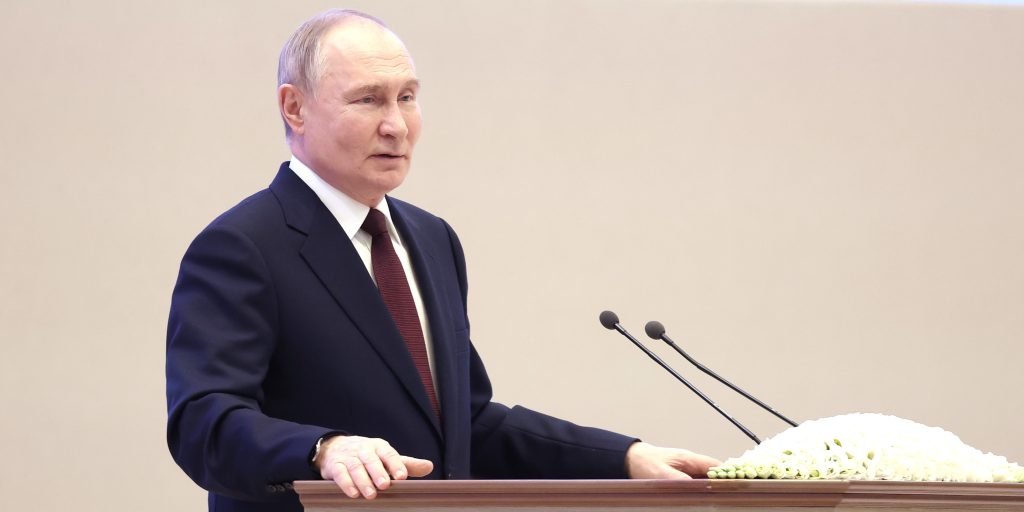A member of Donald Trump’s team could be invited.
Others are reading now
Victory Day is one of Russia’s most significant annual events.
Every year on May 9, the country commemorates the Soviet Union’s victory over Nazi Germany in World War II.
The parade in Moscow’s Red Square is the centerpiece of the celebration.
Thousands of troops march in formation, tanks and missiles are displayed, and Russian leaders deliver speeches about the nation’s strength.
Also read
Over time, the event has grown into more than a historical commemoration. It serves as a demonstration of military power and a way for the Kremlin to reinforce its political message.
Preparations afoot
Preparations for this year’s parade have already begun. According to Newsweek, there are reports that an unexpected guest from the United States may attend.
Sources close to the Kremlin suggest that a member of Donald Trump’s team could be invited.
Trump has expressed respect for Vladimir Putin in the past, and Russian officials see his return to power as a chance to improve ties with Washington.
In 2020, Trump’s national security advisor, Robert O’Brien, visited Moscow, but Trump canceled his own trip due to political pressure.
This year’s parade comes as Russia continues military operations in Ukraine. Kremlin officials are expected to present their actions in the Donbas region as a success.
Some sources claim that Russia will describe the “liberation” of Donbas as a key achievement, even though the conflict remains unresolved. Questions about a ceasefire or peace agreement are still unanswered.
Despite the event’s significance, the celebration will be smaller than in past years. The war in Ukraine has placed a massive strain on Russia’s economy.
Military spending has surged, limiting resources for large public events.
Estimates from a former investment banker suggest that Russia’s defense budget has quadrupled since the war began, with actual costs likely exceeding official reports.
At the same time, the Kremlin has engaged in discreet discussions with Trump’s team before his potential return to office.
Russian officials have followed U.S. political developments closely, believing that Trump’s stance on NATO and his views on a “multipolar world” align with their own interests.


